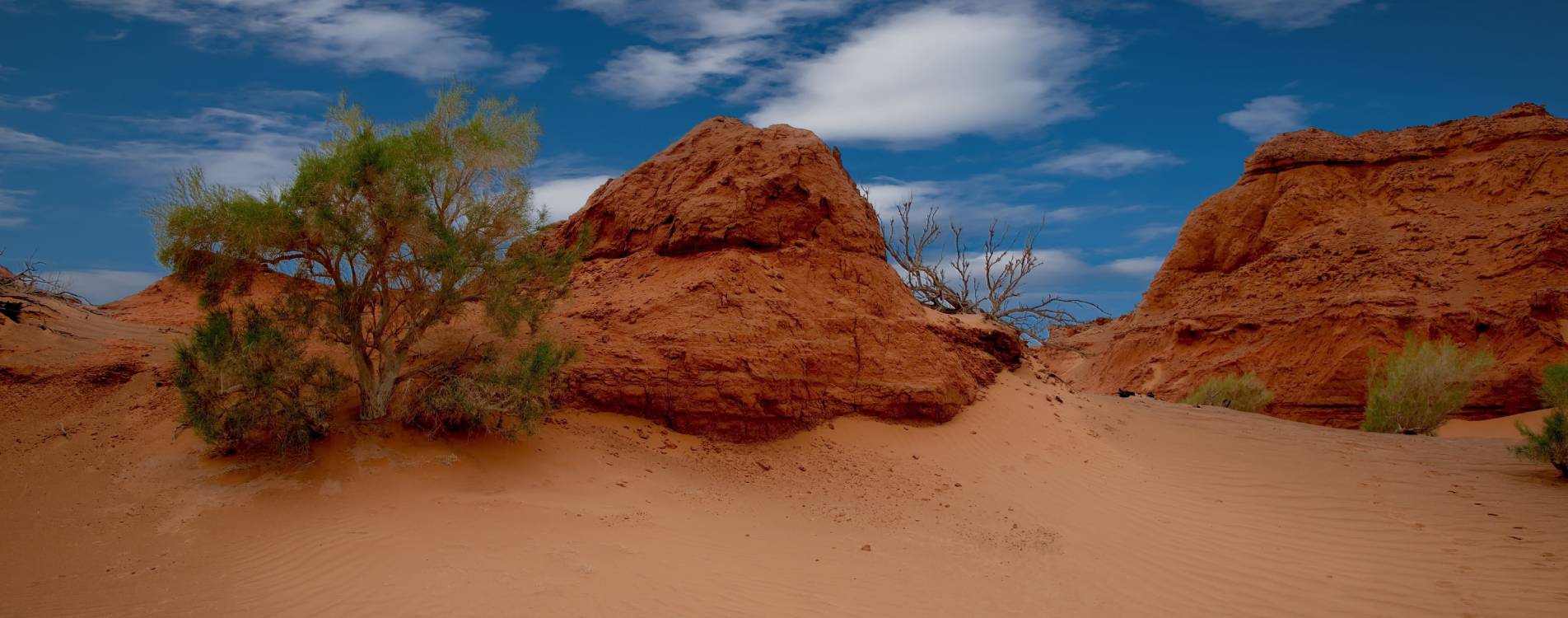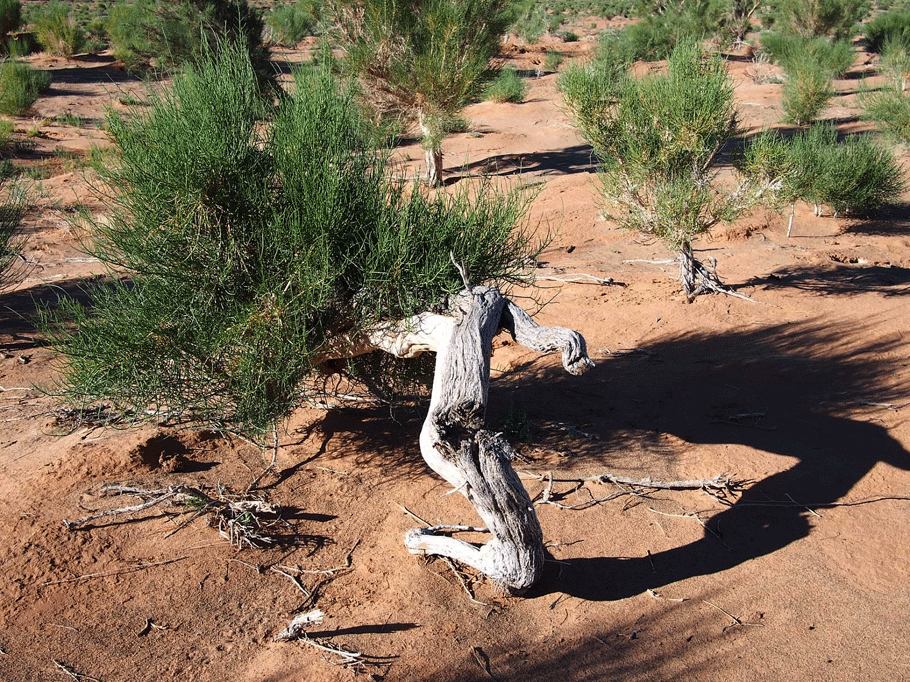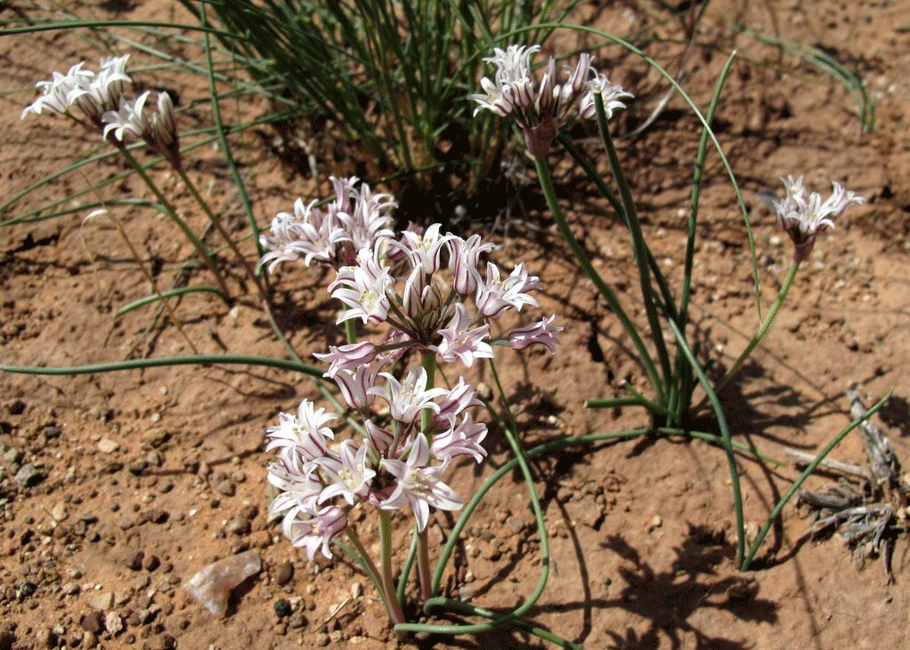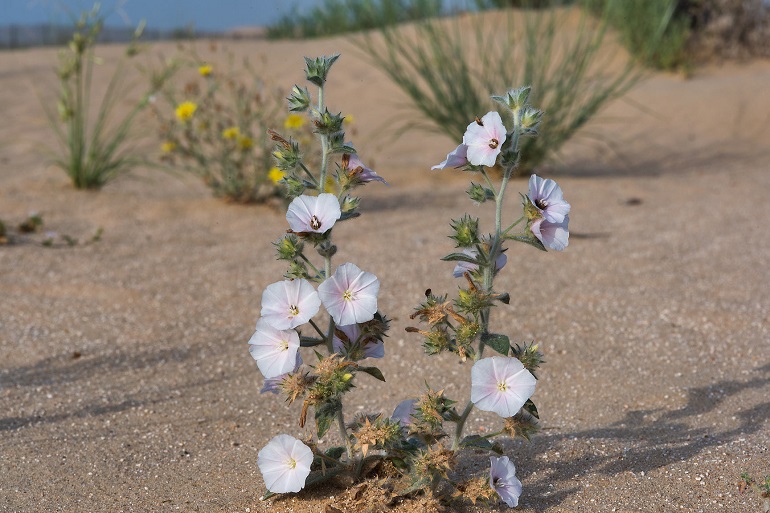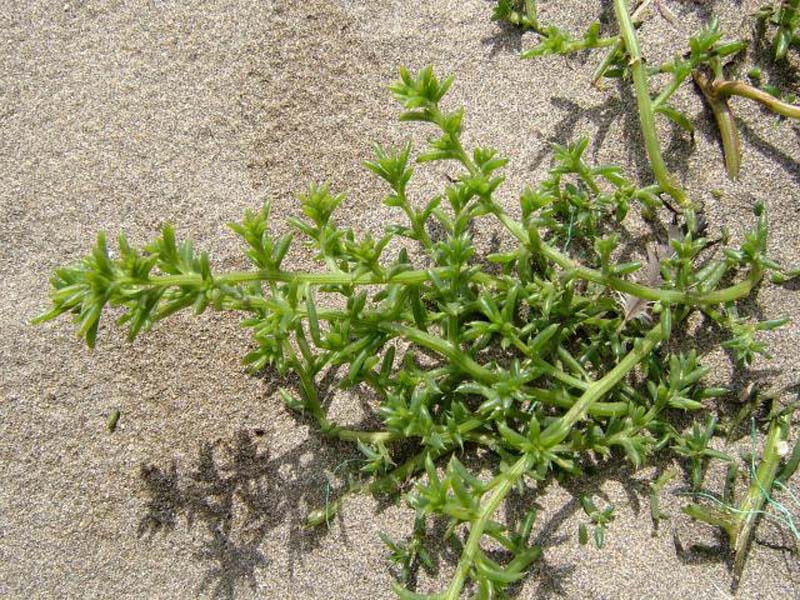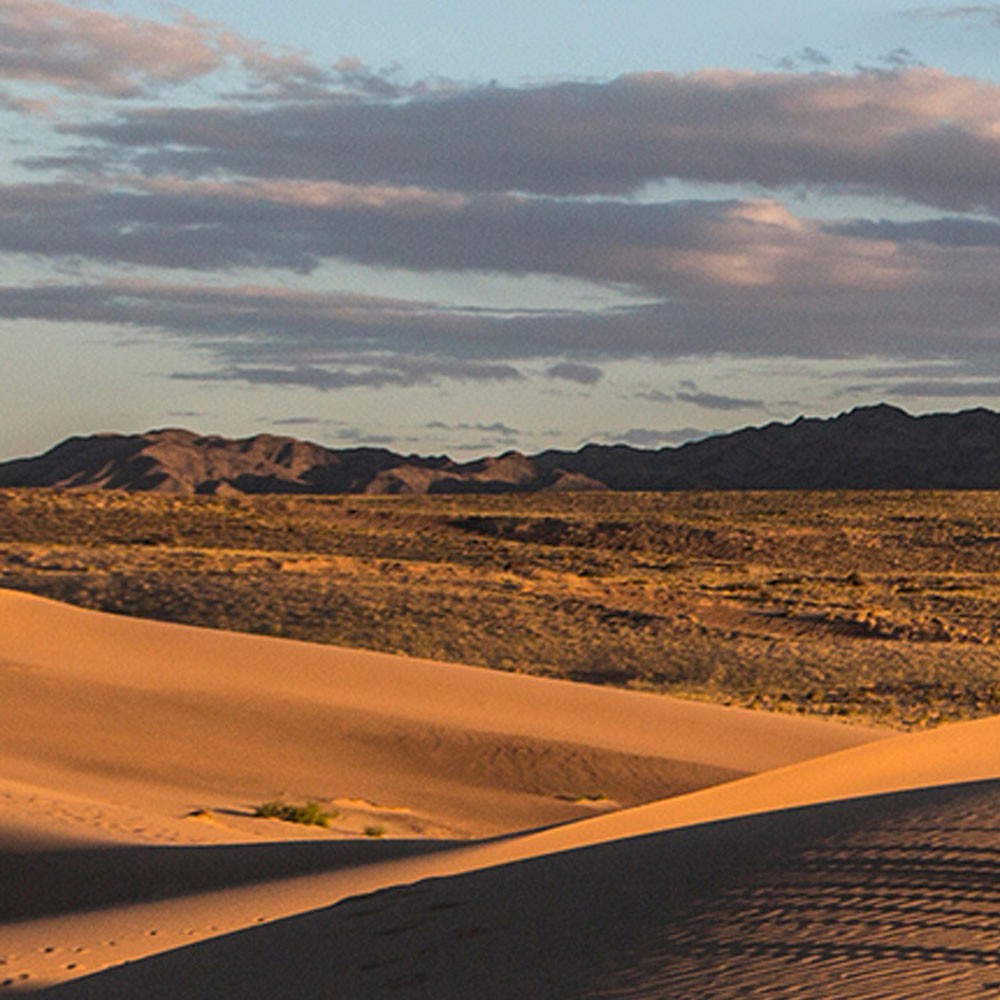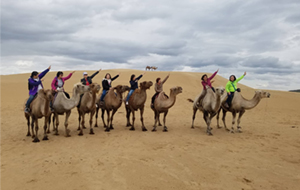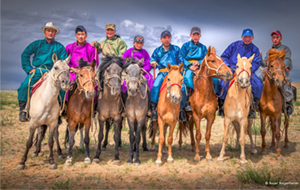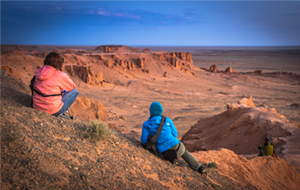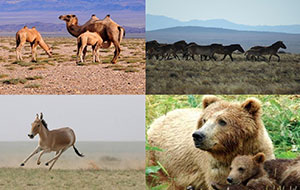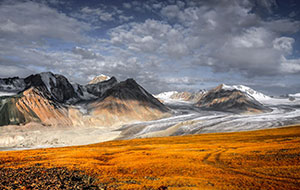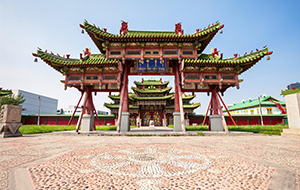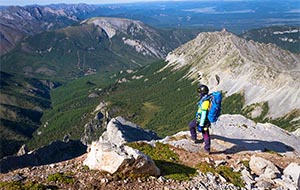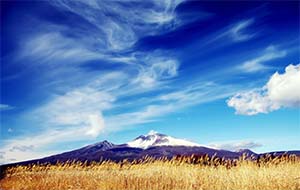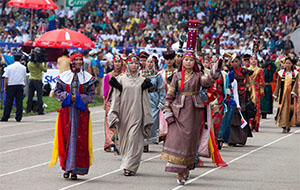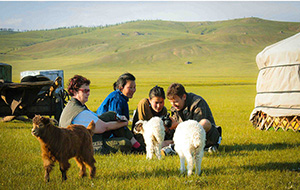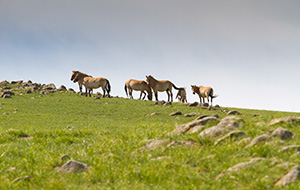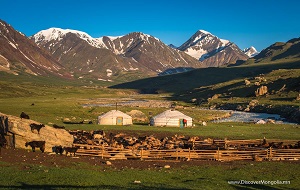Here is a list of the most common trees and shrubs found in the Gobi desert:
Saxaul
Saxaul, also called Saksaul or Black saxaul is a small tree. The tree is often bent in gnarly shapes by the wind. The leaves of the tree are small, which help it conserve water, a sparse commodity in the desert.
The Saxaul tree is extremely drought resistant so it is used to set up shelterbelts against desertification. Another interesting thing is that the bark of the tree absorbs waters and stores it. If you press several pieces of bark together, you can get some water out of them.
In some places in the Gobi desert, the Saxaul tree is the only kind of wooded plant found. So it is important for the nomads in the Gobi desert
The saxaul, black saxaul, sometimes sacsaoul or saksaul
Wild onions
Wild onions also grow in some areas of the Gobi desert. While the Saxaul tree provides wood and water, the wild onion serves as food for famished nomads and travelers. Some people have said that the wild onions found in the Gobi have a hazelnut flavor. Wild onion is also eaten by wild asses, camels and herding animals.
Wild onions are used for both medicine and food
Bindweed
The Bindweed or Convolvulus is one of the few flowering plants that grow in the Gobi desert. There are actually many species of Convolvulus. When you are in the unforgiving Gobi, any flowering plant is a welcome sight. The particular type of bindweed seen in the Gobi is called Convolvulus ammonia and it has white colored flowers.
Bindweed also know as Shrubs
Saltwort
Saltwort or Batis is one of the few plants capable of surviving in areas with a high salt concentration. It not only lives here but actually thrives in salt excess conditions. Such plants are called halophytes.
The fleshy leaves of the saltwort plant are also covered with fine bristle-like hair, which prevents the evaporation of water. Not many animals are able to eat the plant because of its salt content.
Saltwort, Latin name: Salsola kali
Sophora
Sophora flavescens is an evergreen plant. It produces flowers in stalks. The roots of this plant are used in traditional Chinese medicine and are called Ku Shen. Sophora also has anti-oxidant and anti-inflammatory properties. It can also be used to treat heart disease.
So unlike popular perception, the Gobi desert is home to tens of species of plants. The desert is actually not as dry and foreboding as some people claim it to be. The Gobi desert has also become a popular tourist destination because of the presence of the two-humped Bactrian camel.









